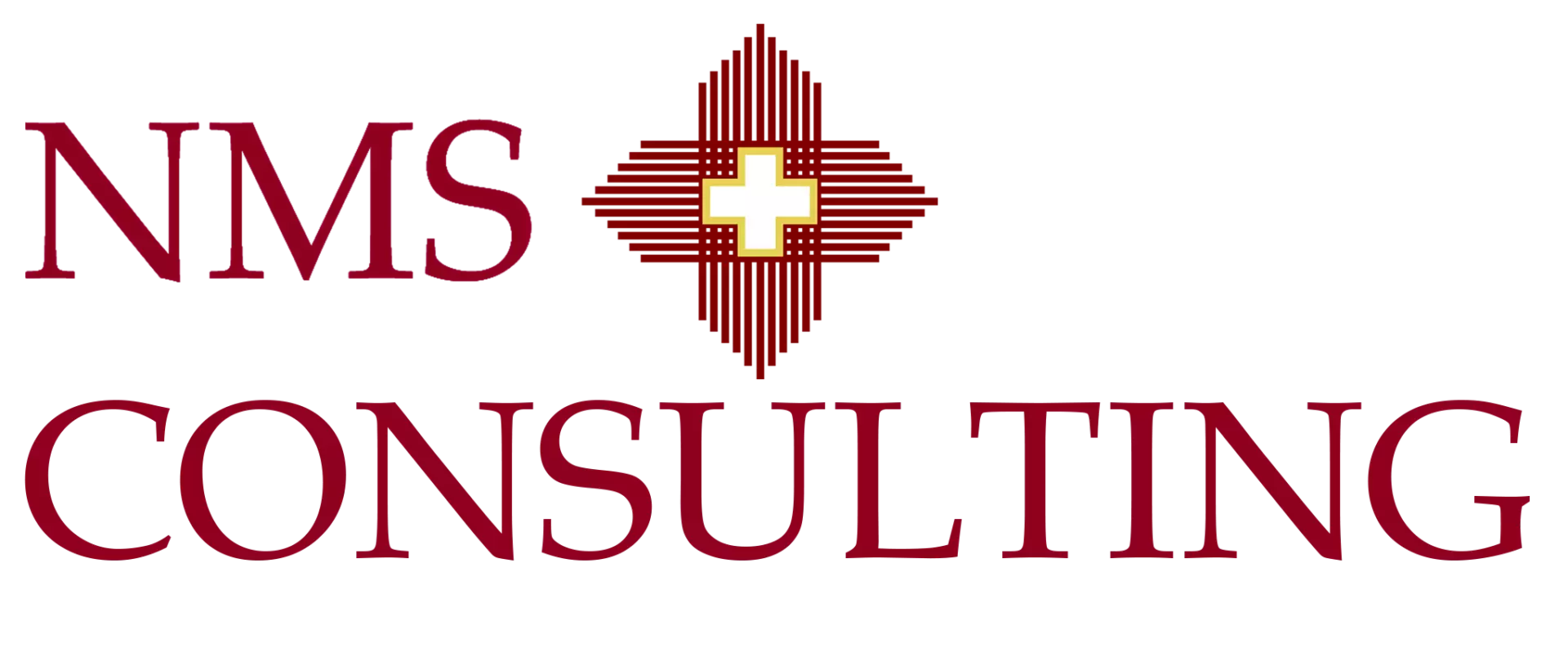Business Consulting Services for Measurable Growth & Operational Excellence

Home ›
Insights ›
Business Consulting Services for Measurable Growth & Operational Excellence
Author:
Aykut Cakir · NMS Consulting
Published:
• Updated:
Pick a few growth and cost levers with clear cash impact, use proven process and quality standards, and track outcomes with a balanced scorecard and weekly reviews. Scale what works across teams with a simple operating cadence.
Want a value model, an operating cadence, and a ninety day plan?
Talk to a consultant
Signals and Benchmarks
- Next-generation operational excellence practices correlate with stronger productivity and sustained results. source source
- The Baldrige Excellence Framework provides a system view of leadership, strategy, operations, and results across sectors. source source
- APQC’s Process Classification Framework is a cross-industry process map for benchmarking and redesign. source source
- ISO 9001 lays out requirements for a quality management system with continual improvement and customer focus. source source
- Lean Six Sigma reduces variation and defects and improves capability, with well-defined roles and methods. source
- The Balanced Scorecard links strategy to measures across finance, customer, process, and learning. source
Foundations: Strategy, Process, and Governance
- Strategy to Metrics: Translate goals into a scorecard with a few targets for revenue, margin, customer outcomes, and process health. reference
- Process and Quality: Map work to APQC PCF swimlanes and adopt ISO 9001 practices for control and improvement. reference reference
- Lean Six Sigma: Use DMAIC for waste and defect reduction where data supports it, with green and black belt ownership. reference
- Management System: Use Baldrige categories as a checklist to keep leadership, strategy, customers, and operations aligned. reference
30-60-90 Execution Playbook
First 30 Days: Baselines and Priorities
- Set the scorecard and targets. Confirm revenue, cost, service, and cycle-time baselines. reference
- Build the process map using APQC PCF and identify three problem statements with clear value. reference
- Stand up the operating cadence with weekly reviews and issue clearing.
Days 31 to 60: Fix the Work and Prove Value
- Run focused DMAIC waves on the top problems. Track effect on cost, service, and throughput. reference
- Close quick changes to standards and work instructions inside the QMS. reference
- Publish a weekly benefits log and remove bottlenecks with leaders present. reference
Days 61 to 90: Scale and Lock-in
- Roll out standard work and training. Add control charts where variation matters.
- Embed the metrics in team dashboards and close the loop in monthly reviews. reference
- Expand the playbook to the next set of value streams using the same cadence.
Capability Map and Metrics
| Capability | Practice | Metrics | References |
|---|---|---|---|
| Strategy and Alignment | Balanced Scorecard, strategy maps | Revenue growth, margin, NPS, process lead time | HBR |
| Process Excellence | APQC PCF mapping, value stream focus | Cycle time, throughput, rework, cost to serve | APQC |
| Quality Management | ISO 9001 controls and change management | First pass yield, audit findings, CAPA closure time | ISO |
| Continuous Improvement | Lean Six Sigma DMAIC and visual control | Defect rate, variation, on-time delivery | ASQ |
| Operating Cadence | Weekly issue clearing, monthly reviews | Benefits realized, backlog burn-down, SLA hit rate | McKinsey |
| Enterprise System View | Baldrige categories as a checklist | Category gaps closed, survey results, key outcomes | NIST Baldrige |
Frequently Asked Questions
Where Should We Start?
Pick three problems with cash impact. Set the scorecard, capture baselines, and launch a ninety day plan with weekly reviews.
How Do We Connect Strategy To Daily Work?
Use a strategy map and a short list of measures. Tie projects and standard work to those measures and review results in a fixed cadence. reference
What Frameworks Help With Process and Quality?
APQC PCF for process maps, ISO 9001 for controls, and Lean Six Sigma for improvement. Use Baldrige as a system checklist to keep parts moving in the same direction. reference reference reference reference
Related Reading
- Business Transformation
- Change Management
- Strategy
- Mergers and Acquisitions
- Post Merger Integration
- How Management Consultants Help Businesses Optimize Operations
- Business Performance Improvement
- Digital Transformation: Processes and People
Sources
- McKinsey. Breaking Operational Barriers To Peak Productivity. https://www.mckinsey.com/capabilities/operations/our-insights/breaking-operational-barriers-to-peak-productivity
- McKinsey. Next-Generation Operational Excellence. https://www.mckinsey.com/capabilities/operations/our-insights/todays-good-to-great-next-generation-operational-excellence
- NIST. Baldrige Performance Excellence Program. https://www.nist.gov/baldrige
- NIST. Baldrige Excellence Framework. https://www.nist.gov/baldrige/publications/baldrige-excellence-framework
- APQC. Process Frameworks and PCF. https://www.apqc.org/process-frameworks
- APQC. PCF Collection. https://www.apqc.org/resource-library/resource-collection/apqcs-process-classification-framework-pcf-cross-industry-and
- ISO. ISO 9001 Quality Management Systems. https://www.iso.org/standard/62085.html
- ASQ. Six Sigma Overview. https://asq.org/quality-resources/six-sigma
- HBR. Using The Balanced Scorecard As A Strategic Management System. https://hbr.org/2007/07/using-the-balanced-scorecard-as-a-strategic-management-system
About the Author
Aykut Cakir, Senior Partner and Chief Executive Officer, has a demonstrated history in negotiations, business planning, business development. He has served as a Finance Director for gases & energy, pharmaceuticals, retail, FMCG, and automotive industries. He has collaborated closely with client leadership to co-create a customized operating model tailored to the unique needs of each project segment in the region. Aykut conducted workshops focused on developing effective communication strategies to ensure team alignment with new operating models and organizational changes.




